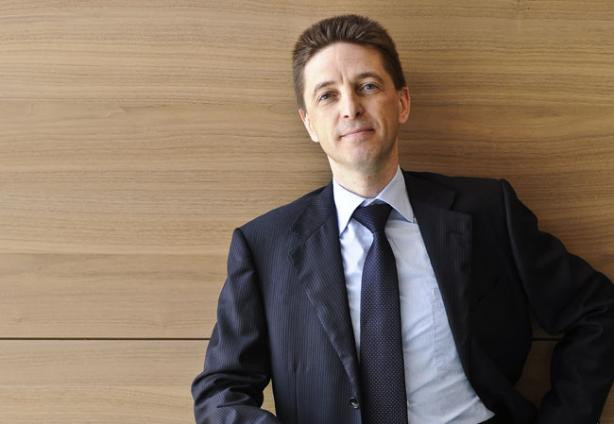Europe’s long-promised single mutual fund market may get a step further to actually being “single” come July 1, when a new EU directive called UCITS IV comes into force. One aspect of the regime is a new standardised brochure--called a key investor information document (KIID)--that must be provided to each individual investor before they make an investment decision. Fund managers have a year’s transition time to starting using the KIID. Given the complexity in producing, managing and distributing a KIDD for each and every investment class in a fund, most fund firms are taking advantage of the grace period. Delano.lu asked Marnix Arickx, head of fund engineering at BNP Paribas Investment Partners in Brussels, about the challenge asset managers have been facing.
AG: Do you think the KIDD is a positive development?
MA: I’m convinced it’s a good thing for the industry to have a short, standardized, understandable document for the average investor. I think if the industry offers comparable [information] from one fund to another and one asset manager to another, we will all benefit from this added transparency. We have less chance of mis-sellings, mis-understandings, people buying the wrong product. A good, decent readable document is helpful for all people.
AG: Why is it so difficult to roll-out KIDDs?
MA: For asset managers, managing these documents is a heavy burden. You have to find all the data, calculate all the data, and [descriptions of] risk and policies have to be maintained. It’s a different process than writing a prospectus. It has to be translated into several languages, and it’s estimated that KIIDs have to be updated at least three times a year.
AG: Is the problem more acute in the Grand Duchy?
MA: Luxembourg is [typically the] base for many internationally distributed funds, so it’s a key challenge there. Less so than for funds focused on domestic markets.
Monday: Fidelity’s Allan Pelvang shares his thoughts on the new rules.
